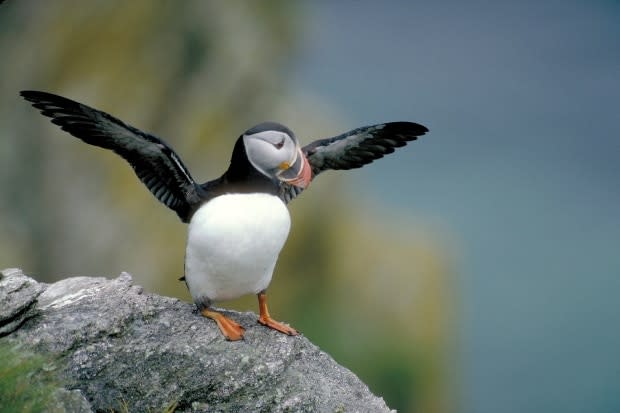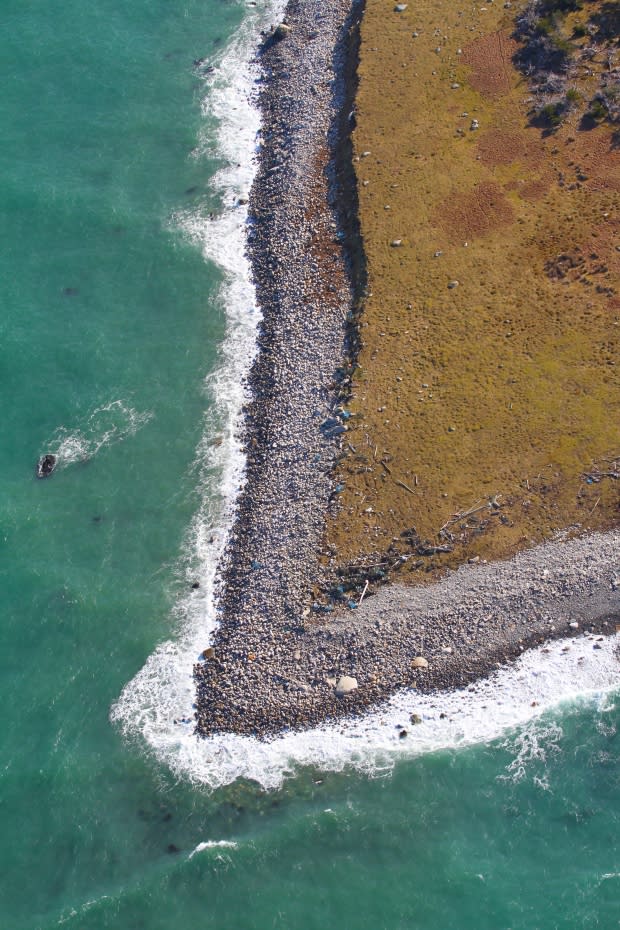Exotic bird refuge on remote Nova Scotia island protected
A picturesque swath of land on a remote island off Nova Scotia's southwestern tip that is home to at-risk bird species like the harlequin duck and rusty blackbird has been protected by the province's Nature Trust.
The conservation organization said the 263 hectares of land on Seal Island serves as a sanctuary for thousands of birds, including exotic species blown off course during storms and migratory birds.
The island — situated roughly 32 kilometres offshore — had been threatened by private development, the Nature Trust said.
"Protecting Seal Island, one of the most important islands for migratory birds in Atlantic Canada, is a major win for bird conservation and recovery," executive director Bonnie Sutherland said in a news release.

More than 330 species have been recorded on the island, including 20 nationally and provincially designated bird species at risk.
More than 5,000 American robins, 1,100 white-throated sparrows, 1,000 palm warblers and 500 raptors have been recorded on the island in a single day.
It's also frequented by Atlantic puffins, common eiders and Leach's storm-petrels.

The Nature Trust said Seal Island also features mossy forests, a salt marsh, rocky shores, sandy beaches and grassy dunes.
"This diversity, its isolation from the mainland and major human impacts, and location in the flight path of countless migratory birds, all contribute to its significance for birds and bird conservation," the news release said.
Year-round habitation on the island ended in the 1990s, but it is still used seasonally by fishermen, birders and local families who have been connected to the island for generations.

The land on Seal Island was acquired with funding from the federal government, the Nova Scotia Crown Share Land Legacy Trust and private donors.
The protected area encompasses roughly 80 per cent of the island. A smaller, southern portion of land is owned by Transport Canada and features a lighthouse.
MORE TOP STORIES


